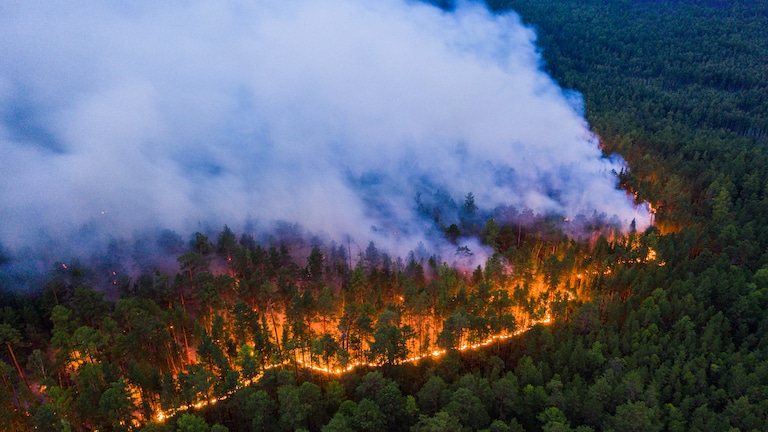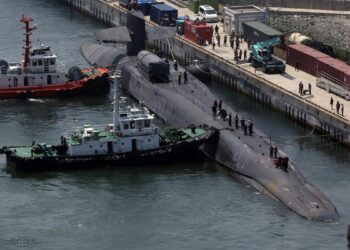The world is on the brink of witnessing a massive Third World War due to ongoing tensions between Ukraine and Russia. For the third consecutive time, European soil may again be the land of battles, missiles, and bereavement. Experts believe that Ukraine will be supported by NATO if attacked by Russia and that the war will be fought by the Russian Army and NATO alliances.
In a recent press conference, US President Joe Biden suggested that Russia should be more concerned about Siberia than Ukraine. The Russian backyard climate issues in Siberia are more crucial than the frontier tensions with Ukraine. The country has a wartime issue and a climate change issue respectively, with its frontier and backyard.

On the contrary, President Vladimir Putin is giving more importance to Ukraine issues. This underlines that he is among those leaders who believe popularity and power can be gained by focusing more on matters of wartime and hence emerging victorious. Climate concerns should be at the top of the list of parameters for measuring the popularity of a leader. We must shift our focus more on nature and measures to reduce global warming.
What is the challenge with Siberia?
Siberia is a vast Russian province encompassing most of northern Asia.
Located to the east of Russia’s Ural Mountains, Siberia is known for its harsh winters and vast landscape. Scientific studies have revealed that the Russian territories have been warming up 2.5 times more than the rest of the world. For the first time on June 20, 2020, the temperature in
The Arctic region (in Verkhoyansk city) was recorded at 38 degrees Celsius. Also, for the first time in the last 142 years, the temperature in Moscow was recorded at 34.8 degrees Celsius.
Per capita emissions in Russia are 53% and 79% higher than in China and the EU, respectively. Russia is the world’s 4th largest greenhouse gas contributor. Hence, 5% of carbon emissions are released by Russian countries alone. Also, the release of methane gas in large quantities is another concern. All these factors together are a major cause of the imbalance in Siberia’s climate. The natural climate is usually cool there, but there’s been a sudden change in the past few years. A lot of forest fires are recorded, and many regions are facing devastating challenges such as drought and floods. In the North-Eastern Siberian region, the Republic of Sakha experienced conditions like droughts and floods. As a result, villagers were displaced.

The vast stretches of the Permafrost, called the tundra type of vegetation, are at the rapidity of change. Permafrost is a region where the temperature is constant near about 0° Celsius to -1° Celsius. Due to global warming, the layer of Permafrost is melting, and the process is called ‘Permafrost Thaw’. Meaning, the soil of these regions is melting at a constantly increasing rate. Resulting in poor quality of soil availability and other harmful effects. Also, in the coming three decades, the freezing process in the layer of permafrost will stop completely. Studies say that a 30-90% reduction in Permafrost surface could lead to 10-240 billion tonnes of extra Carbon and Methane in our atmosphere.
To Sum it Up,
According to an estimate, the Russian economy may witness losses to the tune of 67 billion dollars by 2050 due to environmental degradation. Also, it may lose some of its valuable states, like Moscow, by 2100 due to environmental degradation. Russia’s misinformed priority to look after the Ukraine crisis while ignoring the Siberian issues is going to cause costs to the whole globe. Russia’s future will depend on how its leaders tackle climate change and related concerns effectively. Not only Russia but all countries ought to prioritize climate welfare over wartime matters.
Also Checkout: Why has Peru declared an “Environmental Emergency”?

















Self Appreciation: Well done Bhavik.